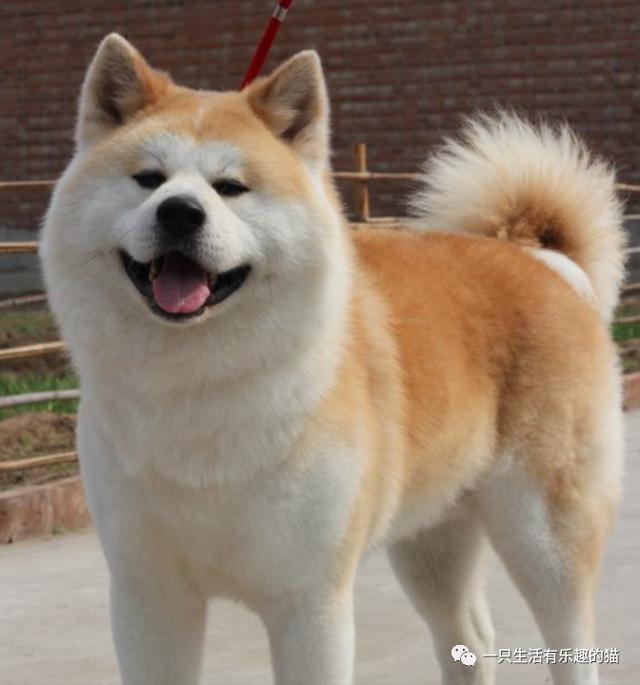中华文化专词双译赋比兴(中华文化专词双译赋比兴)

来源:中华思想文化术语
作者:《中华思想文化术语》编委会
赋比兴
Narrative, Analogy, and Association
图片来源:学习强国
《诗经》创作的三种表现手法。“赋”是铺陈事物直接叙述;“比”是类比;“兴”是先言他物以引出所咏之词,有两层含义,一是即兴感发,二是在感发时借客观景物婉转地表达出某种思想感情。“赋比兴”为汉代儒家所总结和提出,后来演变为中国古代文学创作的基本原则和方法。
These are the three ways of expression employed in "The Book of Songs": a narrative is a direct reference to an object or an event, an analogy metaphorically likens one thing to another, and an association is an impromptu expression of a feeling, a mood or a thought, or using an objective thing as metaphor for sensibilities. Confucian scholars of the Han Dynasty summarized and formulated this concept of narrative, analogy, and association, which later became the basic principle and method in classical Chinese literary creation.
引例 Citations:
◎赋、比、兴是《诗》之所用,风、雅、颂是《诗》之成形。(《毛诗序》孔颖达正义)
赋、比、兴是《诗经》创作的三种手法,风、雅、颂是《诗经》体制上的定型。
In "The Book of Songs," narrative, analogy, and association are three techniques in its creation, whereas ballads, court hymns, and eulogies represent three established styles of the poems. (Kong Yingda: Correct Meaning of Preface to The Book of Songs)
◎赋者,敷陈其事而直言之者也;比者,以彼物比此物也;兴者,先言他物以引起所咏之词也。(朱熹《诗集传》)
赋,是铺陈事物而直接叙述;比,就是以他事物比喻此事物;兴,就是先说他物然后再引出所吟咏的事物。
A narrative is a direct description of an object, an event or a relationship. An analogy metaphorically likens one thing to another. An association employs a metaphor as a lead-in for the real subject of a poem. (Zhu Xi: Studies on The Book of Songs)
(推荐:教育部 国家语委 供稿:北京外国语大学 外语教学与研究出版社)
,
免责声明:本文仅代表文章作者的个人观点,与本站无关。其原创性、真实性以及文中陈述文字和内容未经本站证实,对本文以及其中全部或者部分内容文字的真实性、完整性和原创性本站不作任何保证或承诺,请读者仅作参考,并自行核实相关内容。文章投诉邮箱:anhduc.ph@yahoo.com






